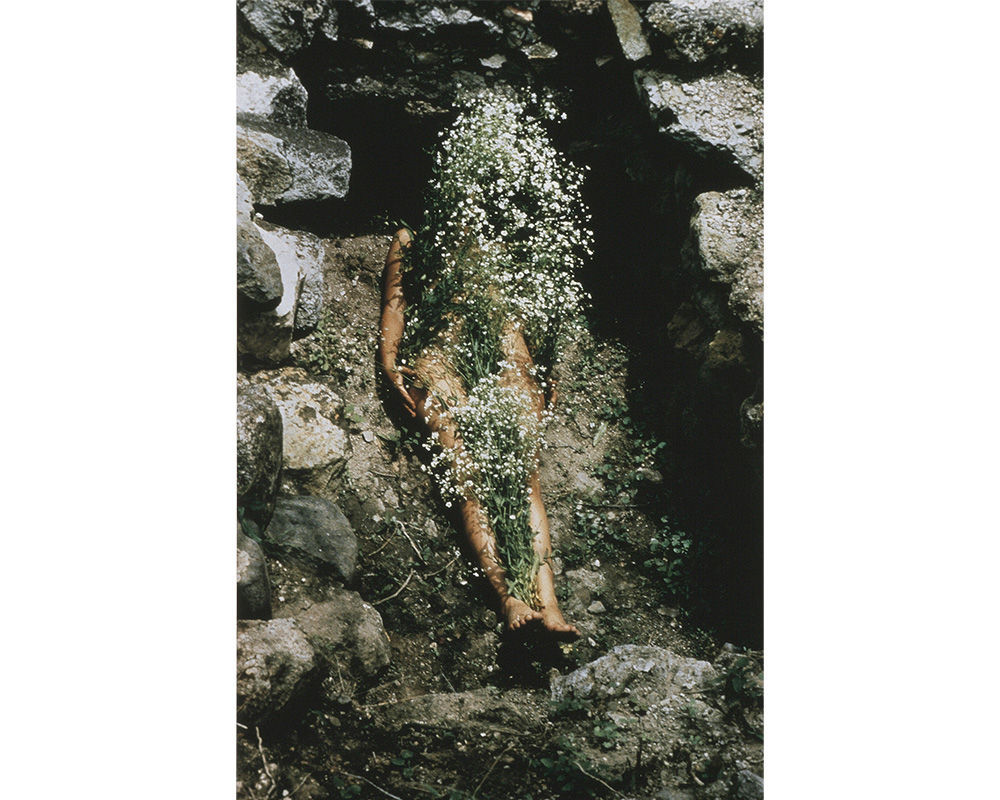
Performed Invisibility: Ana Mendieta’s 'Siluetas'
Julie Warchol is the 2012-2013 Brown Post-Baccalaureate Curatorial Fellow in the Cunningham Center.
The obsessive act of reasserting my ties with the earth is an objectification of my existence.
– Ana Mendieta
I have always been enchanted by the work of late Cuban American artist Ana Mendieta, and the more I get to know her work, the more mysterious, unsettling, and wonderful it seems. Perhaps her most famous series, the Siluetas were sculptural performances (which she called “earth-body works”) in which Mendieta would imprint or outline her silhouette into or onto natural elements, such as sand, earth, snow, trees, grass, ice, or rocks. These works are now known only through the hundreds of documentary photographs taken by the artist. Her performances of the 1970s showcase the inherent contradictions which make her work so captivating; they are simultaneously performative and static, expressive and stoic, beautiful and haunting, autobiographic and universal.
Ana Mendieta was born in Cuba in 1948 and came to the United States in 1961, living in exile in the Midwestern United States for much of her life. First receiving a graduate degree in painting from the University of Iowa, Mendieta subsequently earned a second MFA through their famous Intermedia department, where she learned to create her own fusion of the emerging media which were to define the art of the 1970s – performance, land art, and photography. While she did not physically return to Cuba until her visit eighteen years later, her work was always inspired by the heritage of her lost homeland and the feeling of being uprooted or, in her words, “cast out of the womb.” The subtle act of imposing her body on the earth is an effort to physically and spiritually reconnect with history and nature.
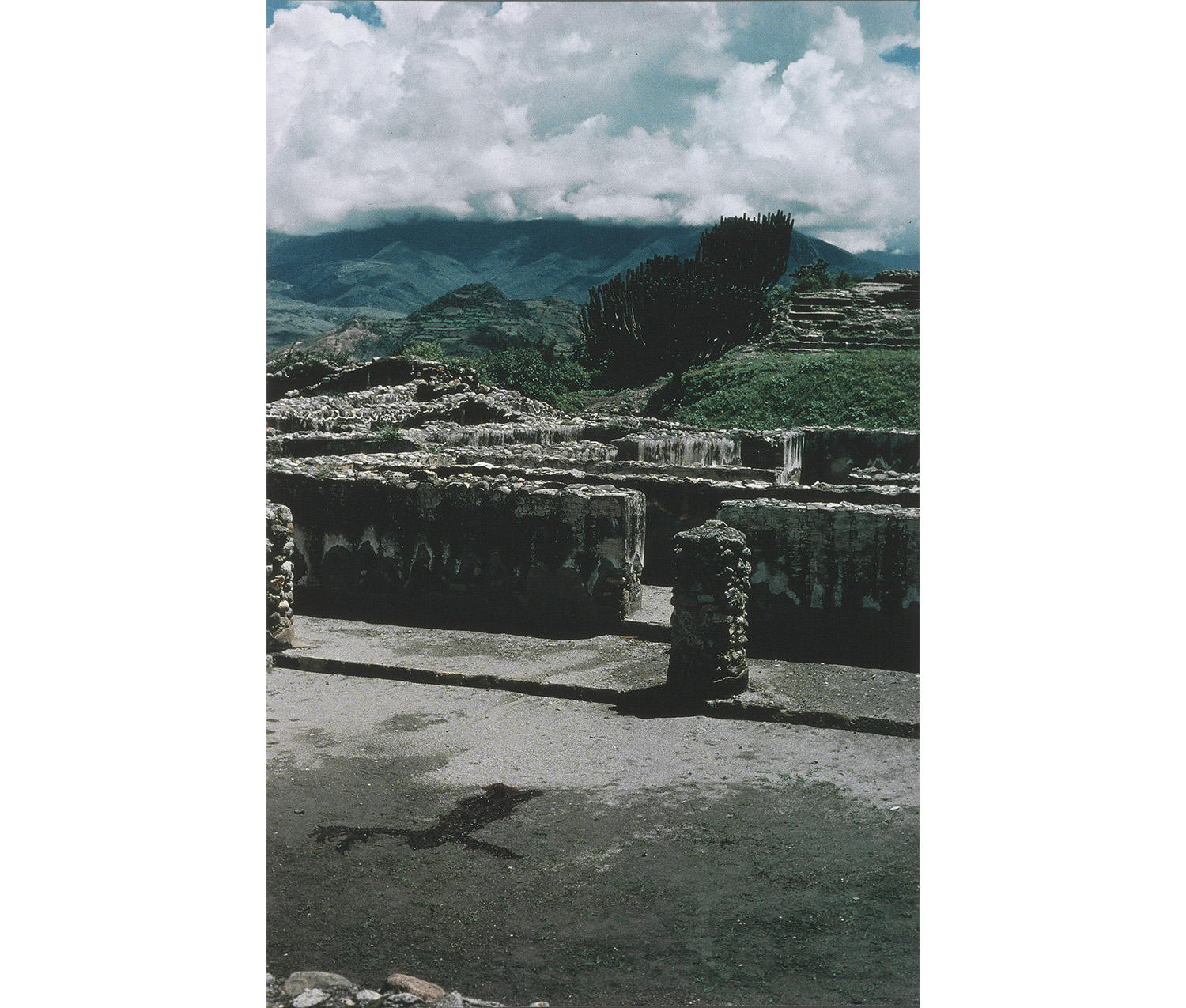
Ana Mendieta. American born Cuba, 1948–1985. Untitled from Silueta series in Mexico, 1974 August original slide; 1991 posthumous print. C-print on Kodak Professional paper. Purchased with the Janice Carlson Oresman, class of 1955, Fund and the Josephine A. Stein, class of 1927, Fund in honor of the class of 1927. Photography by Petegorsky/Gipe. SC 2001.22.3.
Mendieta traveled to Mexico every summer between 1973 and 1980, where she made hundreds of Siluetas, either in private or in the presence of a very intimate audience. The works are imbued with symbolism drawn from indigenous religions, such as Santeria – a Cuban hybrid of Catholicism, West African, and Caribbean spiritual beliefs, archetypal nature imagery, and Mexican funerary decorations. Mendieta believed she had more in common with indigenous artists than with her contemporaries, proclaiming “[My work] has very little to do with most earth art. I’m not interested in the formal qualities of my materials, but their emotional and sensual ones.”
The true power of the Siluetas lies in what Mendieta chooses not to show us. Apart from a few early works, such as the first in the series Imagen de Yagul (above), the artist’s physical body is not present, but is suggested by her silhouette created from her body or a plywood cut-out used in later works. While these photographs preserve the immediate and timeless memory of the earth-body works, they were in fact methodically planned, quickly executed, and ephemeral. The pieces produced in Mexico were often created within protected cultural sites – such as Zapotec graves and abandoned church complexes – and were left to deteriorate and return to the earth.
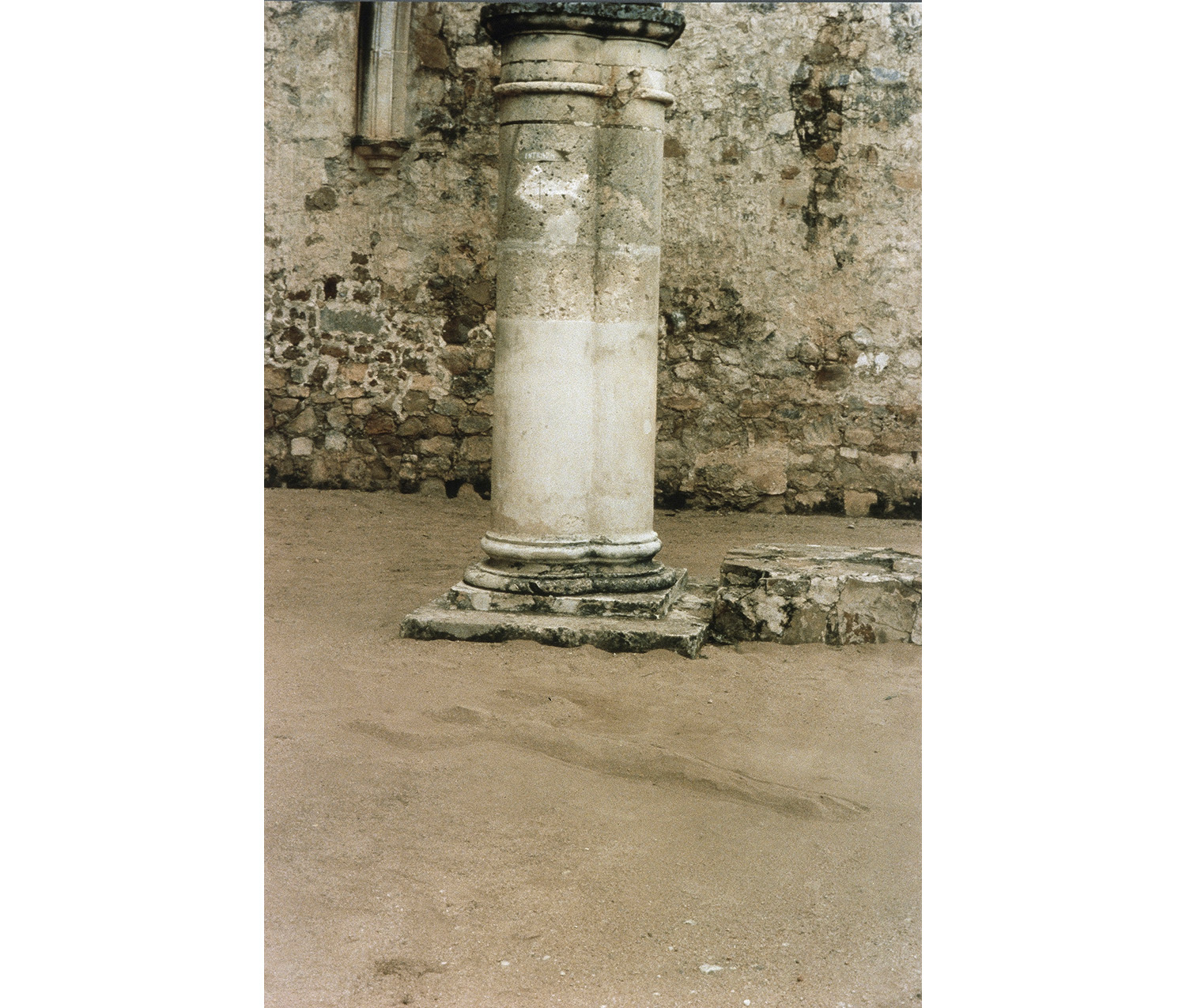
Ana Mendieta. American born Cuba, 1948–1985. Untitled from Silueta series in Mexico, 1976 August original slide; 1991 posthumous print. C-print on Kodak Professional paper. Purchased with the Janice Carlson Oresman, class of 1955, Fund and the Josephine A. Stein, class of 1927, Fund in honor of the class of 1927. Photography by Petegorsky/Gipe. SC 2001.22.4.
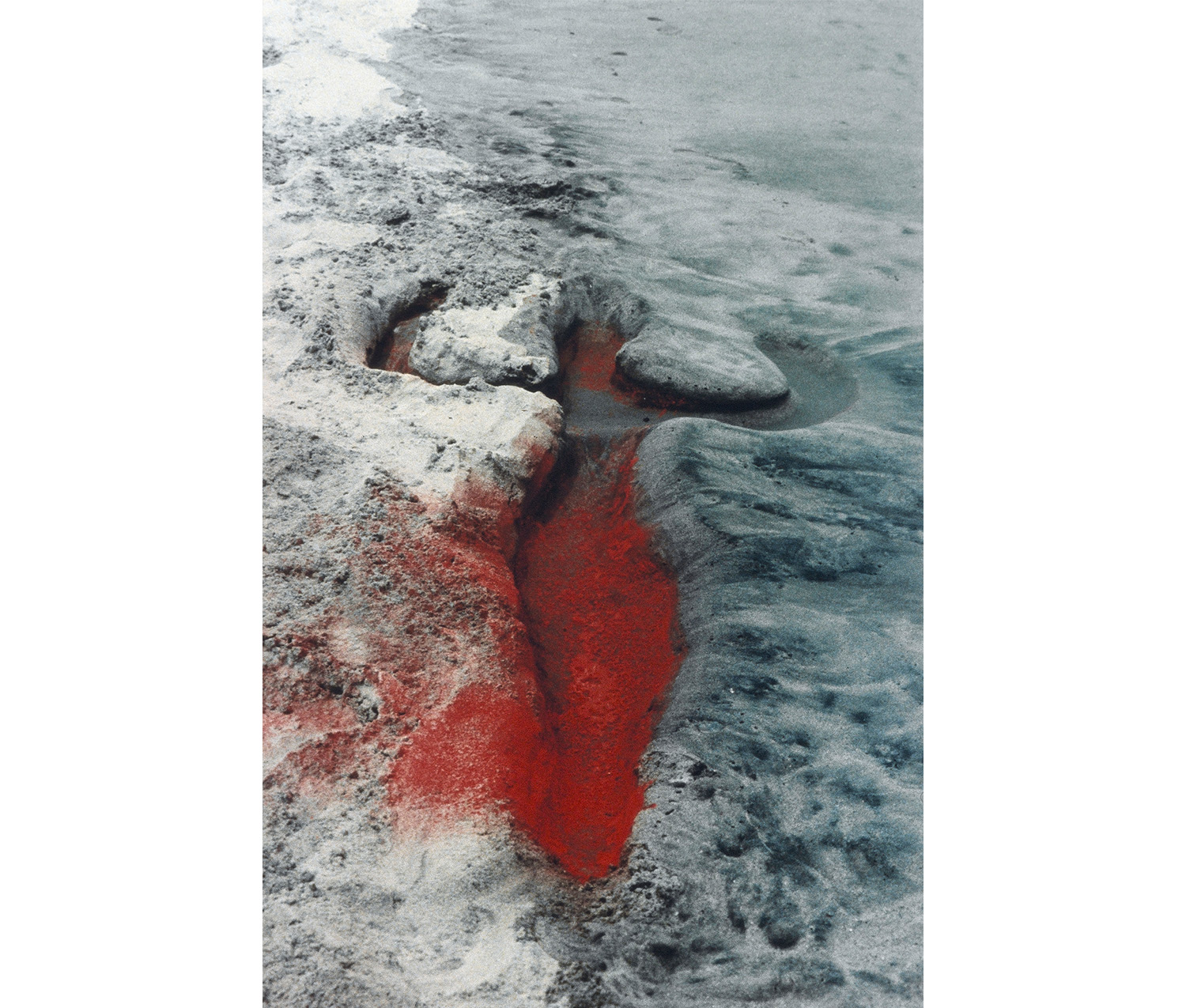
Ana Mendieta. American born Cuba, 1948–1985. Untitled from Silueta series in Mexico, 1976 original slide; 1991 posthumous print. C-print on Kodak Professional paper. Purchased with the Janice Carlson Oresman, class of 1955, Fund and the Josephine A. Stein, class of 1927, Fund in honor of the class of 1927. Photography by Petegorsky/Gipe. SC 2001.22.2.
In 1985, Ana Mendieta fell to her death from a window in her thirty-fourth floor New York apartment, where she lived with her husband Carl Andre, the famous Minimalist sculptor. Whether her death was the result of a suicide or murder is still a mystery. While many like to claim that the visceral and morbid nature of Mendieta’s art foreshadowed her own tragic and untimely death, there is so much more to her work than a conveniently romantic tale of a troubled artist who died too young. She states: “My art is the way I reestablish the bonds that tie me to the universe.” In the photographs, her physical and spiritual presence is felt long after the works disappear, but the Siluetas are not mere autobiography. Mendieta expresses powerful universal truths by employing themes of birth, growth, death, and rebirth, which resonate across all histories and cultures.
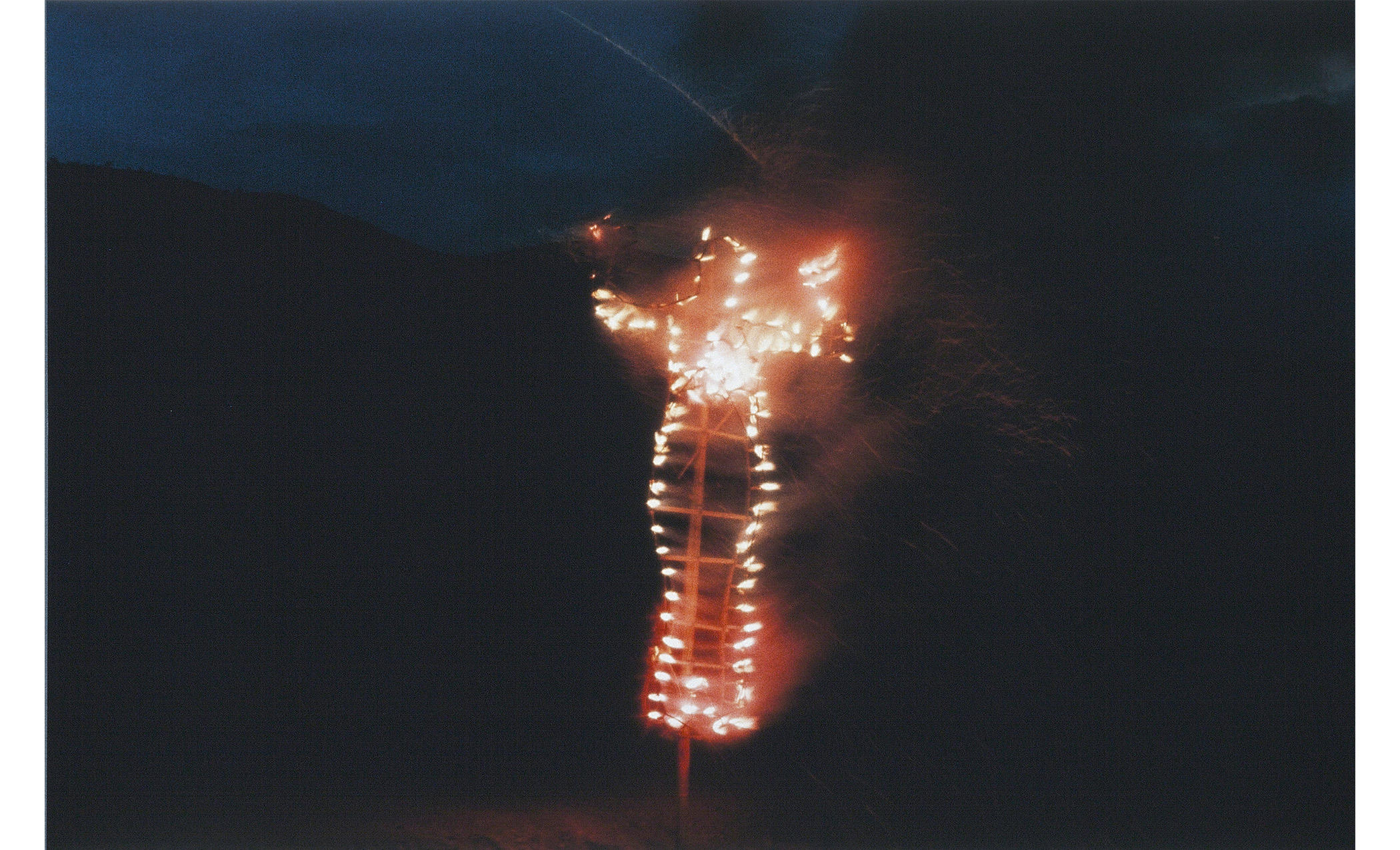
Ana Mendieta. American born Cuba, 1948–1985. Untitled from Silueta series in Mexico, 1976 August original slide; 1991 posthumous print. C-print on Kodak Professional paper. Purchased with the Janice Carlson Oresman, class of 1955, Fund and the Josephine A. Stein, class of 1927, Fund in honor of the class of 1927. Photography by Petegorsky/Gipe. SC 2001.22.10.
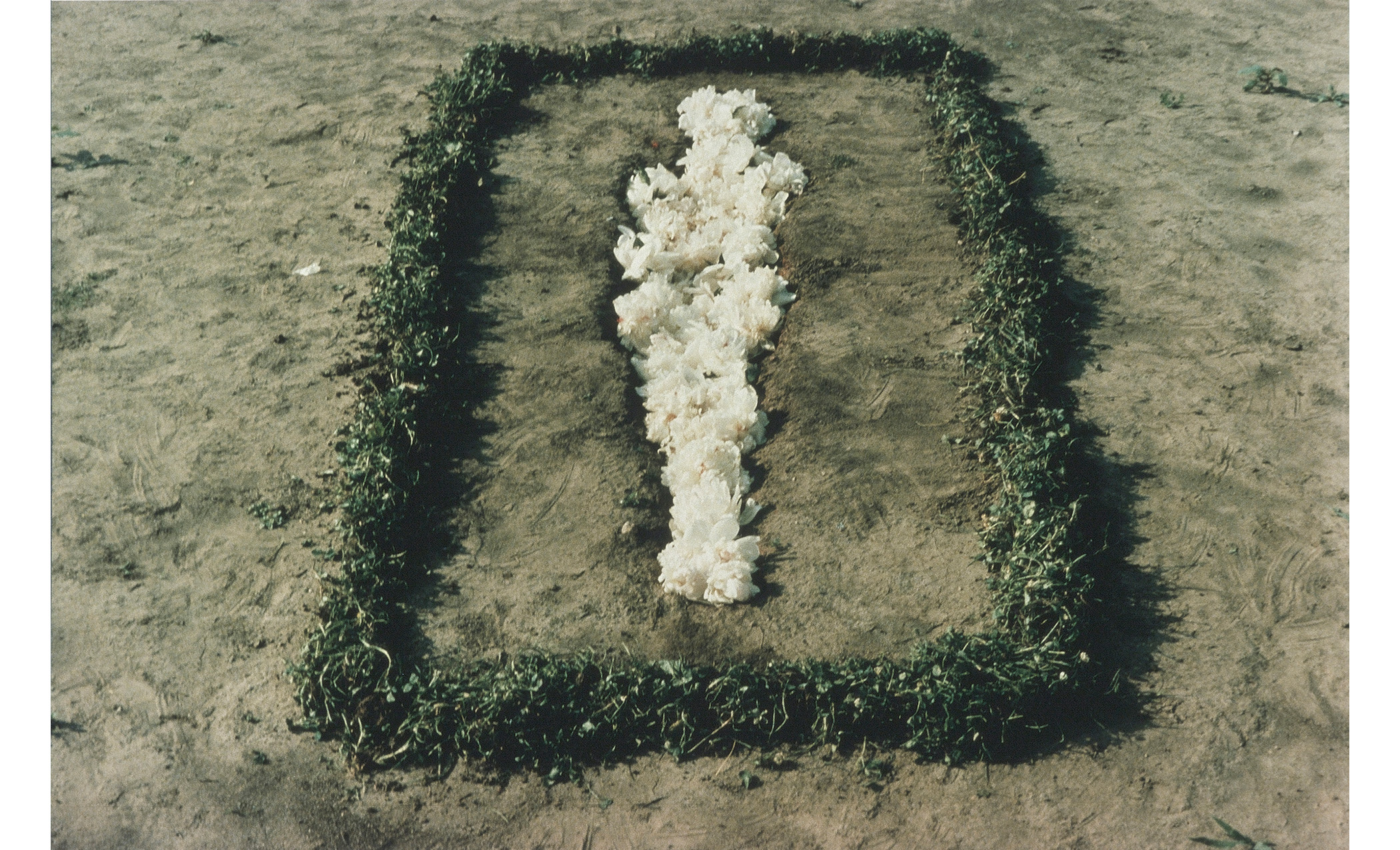
Ana Mendieta. American born Cuba, 1948–1985. Untitled from Silueta series in Iowa, 1977 May original slide; 1991 posthumous print. C-print on Kodak Professional paper. Purchased with the Janice Carlson Oresman, class of 1955, Fund and the Josephine A. Stein, class of 1927, Fund in honor of the class of 1927. Photography by Petegorsky/Gipe. SC 2001.22.9.